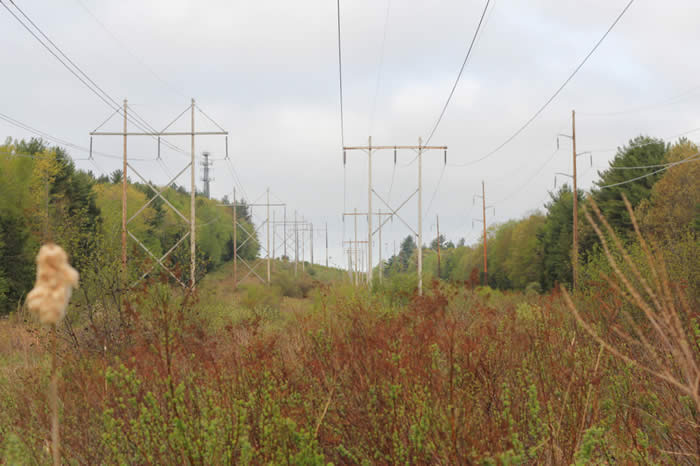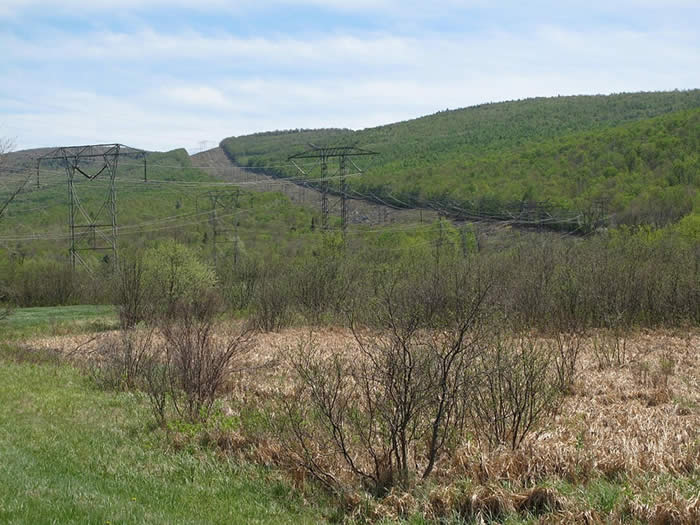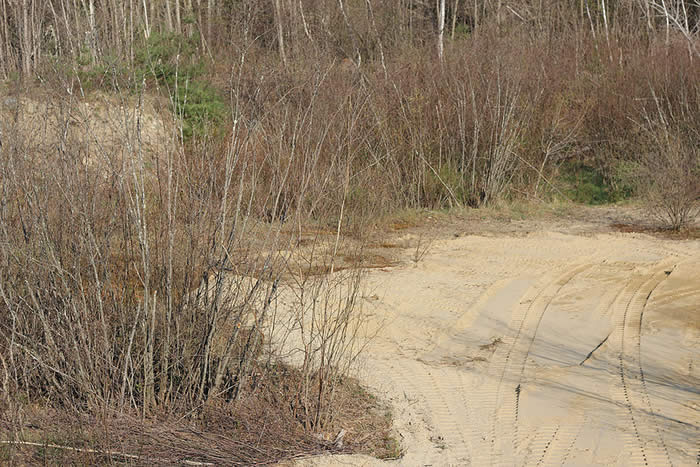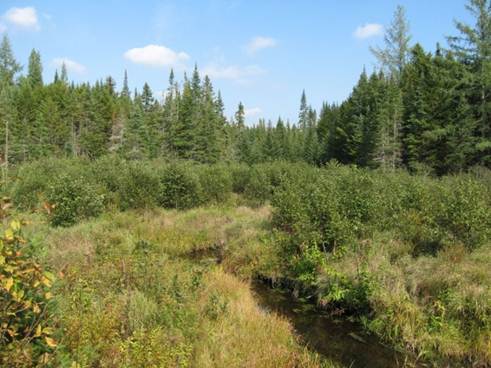
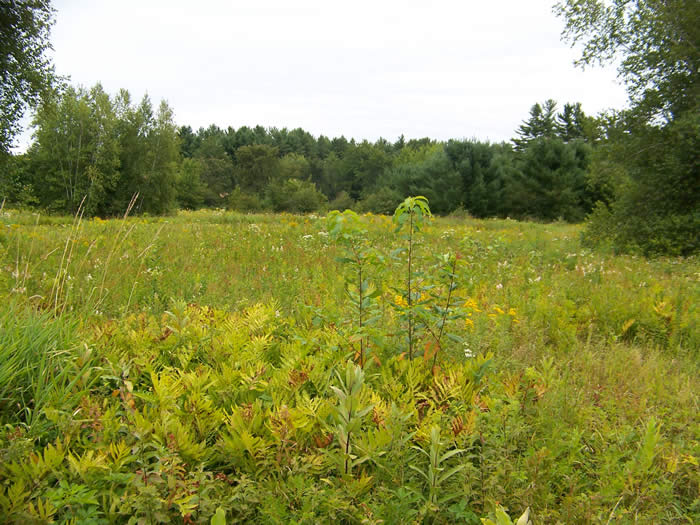
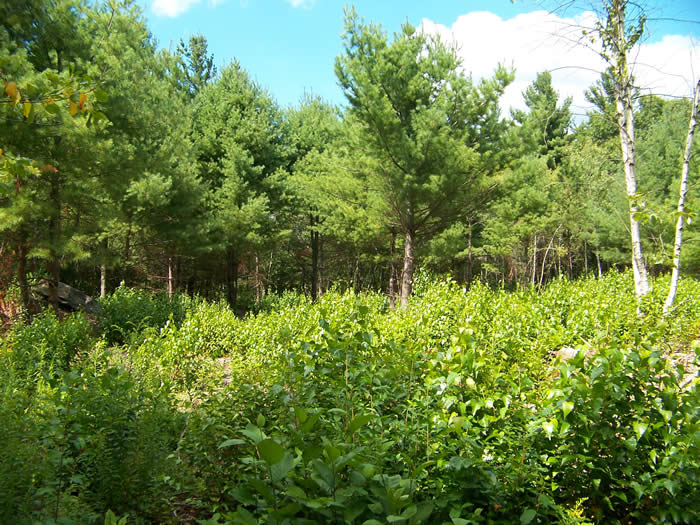
Shrubland habitats are used by over 100 species of wildlife in NH and are critically important to many. Despite their importance to wildlife, these habitats have become increasingly rare in NH and as a result, many of the species that use and/or rely on this habitat have shown declining population numbers in recent years.
The terms “shrublands” or “early-successional” habitat are used to broadly describe those habitats characterized by a dense growth of shrub species and young trees mixed with scattered grasses and wildflowers. Without management, these habitats continue to grow until they become forests. If it's appropriate for your land, managing shrubland habitats will greatly benefit the wildlife in your area.
| Managing Shrublands: Identify the type of shrubland you have. | |
 |
|
| Old Fields |  |
| Young Forests |  |
| Creating Shrublands: A few considerations if you don't have existing shrublands. |
As land managers we often have to make decisions about where to create shrubland habitats. The following is a short list (by no means complete) of places to create shrublands
Some of the most valuable shrubland habitats may be some of those we don’t consider as habitat at all:
